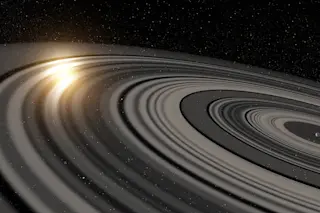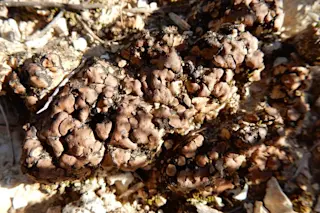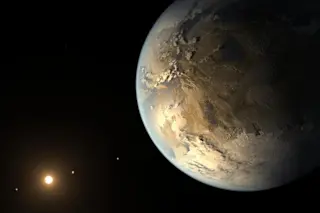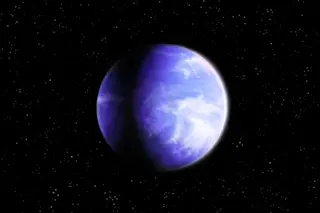An artist's rendering of J1407b passing in front of its parent star. (Credit: Ron Miller) A newly discovered planet makes Saturn’s famed ring collection look downright tiny by comparison. Astronomers from the Leiden Observatory in Netherlands and Rochester University in the United States discovered a planet encircled by a ring system more than 200 times the diameter of Saturn’s. With more than 30 rings, it’s the first system of its kind to be discovered outside our solar system, and it may be churning out more moons and protoplanets.
SuperWASP is the United Kingdom’s top exoplanet detection program, and consists of two robotic observatories that operate year-round. Using data from the SuperWASP project, astronomers discovered an unusual series of eclipses that occurred in 2007 and obscured light from a Sun-like star called J1407. For 56 days light from J1407 faded in and out in a complex pattern, and at times more ...














